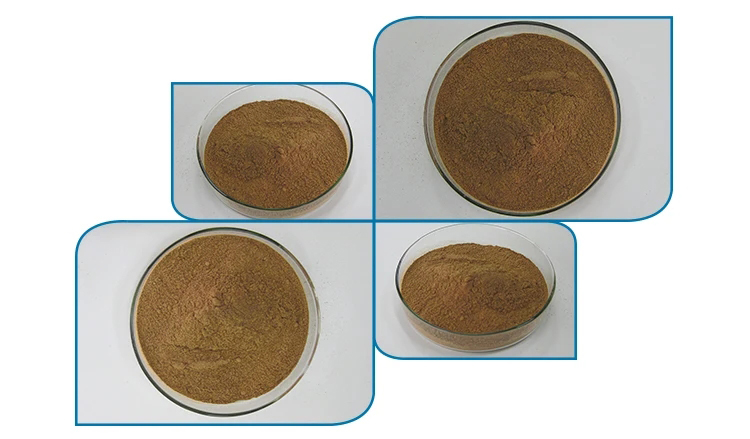Turkesterone is a phytoecdysteroid compound found in certain plants, particularly in the Ajuga turkestanica plant. It is known for its potential benefits in promoting muscle growth and endurance. However, it’s important to note that research on turkesterone is still in its early stages, and more studies are needed to fully understand its mechanisms and effects in humans. Below are general guidelines for extracting and studying turkesterone:
Materials of Turkesterone:
1.Ajuga turkestanica Plant:
Source of turkesterone. Cultivation or procurement of Ajuga Turkesterone is necessary for obtaining the compound.
2.Solvents:
Solvents like methanol or ethanol are commonly used for extraction processes.
3.Laboratory Equipment:
Soxhlet extractor or other suitable extraction equipment.
Rotary evaporator for solvent removal.
Analytical balance for accurate weighing of samples.
Centrifuge for separating components.
Glassware for handling and processing samples.

4.Chemicals:
Chemicals for various analytical techniques such as chromatography or spectroscopy.
Reagents for sample preparation and analysis.
5.Chromatography Columns:
Column chromatography or high-performance liquid chromatography (HPLC) columns for purifying and isolating turkesterone.
6.Spectroscopy Equipment:
UV-Vis spectrophotometer, mass spectrometer, and nuclear magnetic resonance (NMR) spectrometer for structural analysis.
7.Biological Assay Equipment (Optional):
Equipment for in vitro or in vivo studies, such as cell culture facilities or animal testing equipment.
Methods of Turkesterone:
1.Extraction:
Grind and macerate Ajuga turkestanica plant material.
Use a suitable solvent (e.g., methanol or ethanol) for extraction, employing methods like Soxhlet extraction or maceration.
2.Concentration:
Concentrate the extract using a rotary evaporator to remove the solvent and obtain a concentrated turkesterone-rich extract.
3.Purification:
Purify the crude extract using chromatographic techniques like column chromatography or HPLC.

4.Analysis:
Analyze the purified turkesterone using spectroscopic techniques such as UV-Vis, mass spectrometry, and NMR to confirm its identity and purity.
5.Biological Assays (Optional):
Conduct in vitro or in vivo studies to assess the biological activity of turkesterone. This may involve cell culture experiments or animal trials.
6.Documentation:
Record all procedures, measurements, and results meticulously for reproducibility and future reference.
It’s crucial to follow ethical guidelines, safety protocols, and legal regulations when conducting experiments involving plant extracts or potential supplements. Additionally, consult the latest scientific literature for updates on turkesterone research and methods.
